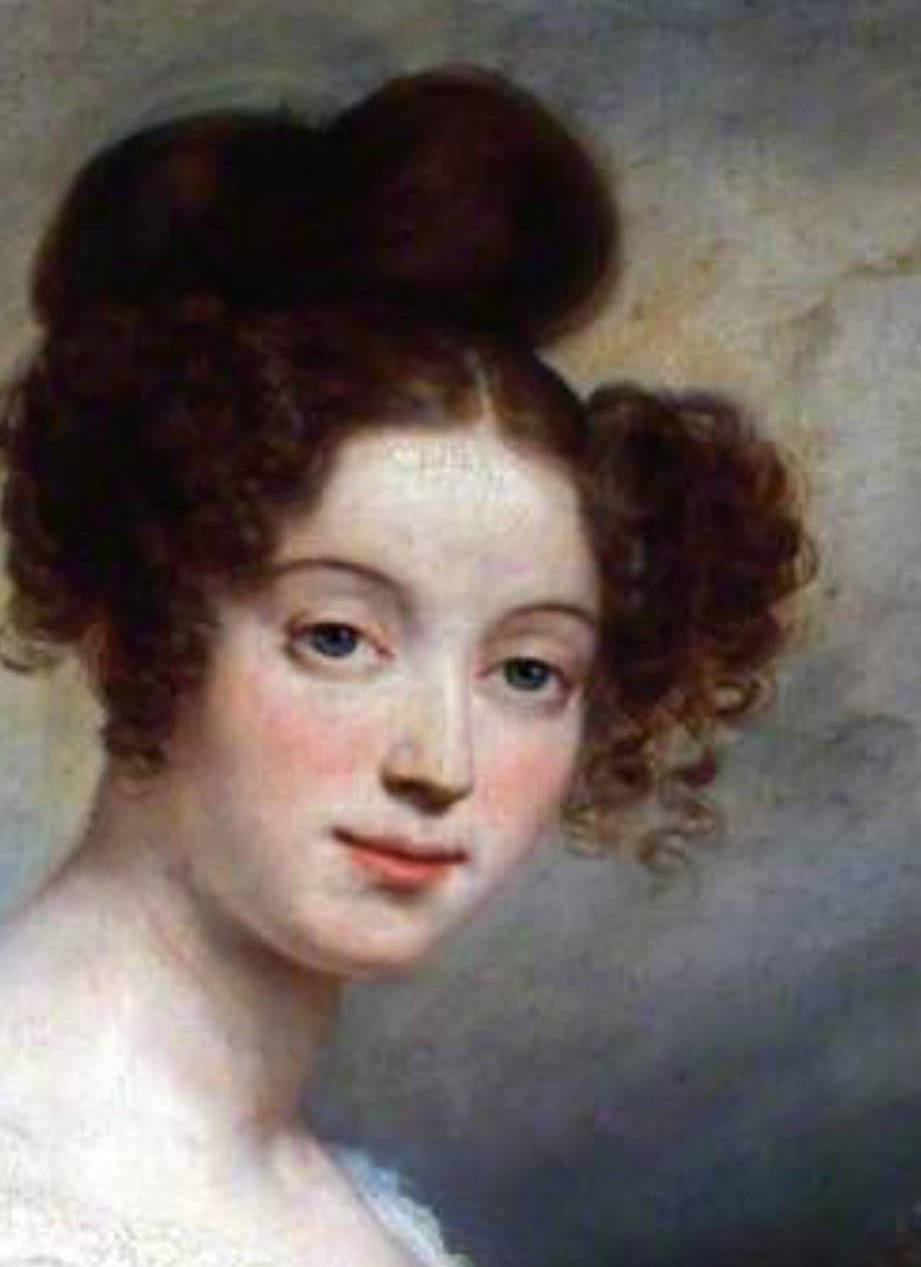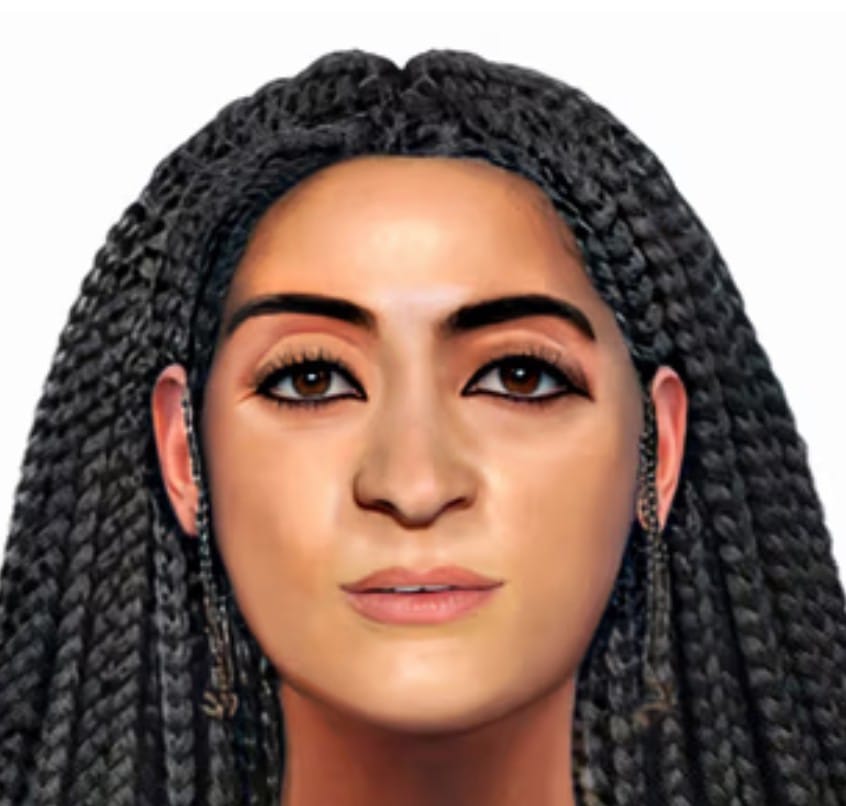Mumia egipska jako Walentynka? Niezwykła historia Dżed-Amonet-ius-anch
Tradycyjnie 14 lutego obdarowujemy ukochane osoby upominkami. Prezenty bywają mniej lub bardziej ekstrawaganckie. Czy z niezwykłym pomysłem na prezent można jednak przesadzić? Przekonał się o tym baron Anzelm von Rothschild a związana z tym historia weszła do kanonu egiptologicznych anegdot opowiadanych jednak nie pod piramidami, ale w… polskim Raciborzu.
 XIX wiek to okres nasilonego zainteresowania starożytnym Egiptem, określany wręcz wiekiem egiptomanii. Pamiątkami z podróży dla ówczesnych elit były eksponaty z rabunkowo eksplorowanych zabytków, w tym w szczególności ze starożytnych grobowców. Prawdziwym pamiątkowym bestsellerem były kompletne mumie a dla osób o mniej zasobnych portfelach ich fragmenty. Stąd w bagażach podróżników znaleźć można było na przykład zmumifikowane ręce czy głowy. Popyt na tego rodzaju makabryczne bibeloty był tak ogromny, że w obiegu pojawiały się także “chałupniczo” przerabiane zwłoki osób zmarłych w owym czasie. Stąd niskobudżetowe wersje tych “pamiątek” stanowiły niejednokrotnie fałszywe mumie.
XIX wiek to okres nasilonego zainteresowania starożytnym Egiptem, określany wręcz wiekiem egiptomanii. Pamiątkami z podróży dla ówczesnych elit były eksponaty z rabunkowo eksplorowanych zabytków, w tym w szczególności ze starożytnych grobowców. Prawdziwym pamiątkowym bestsellerem były kompletne mumie a dla osób o mniej zasobnych portfelach ich fragmenty. Stąd w bagażach podróżników znaleźć można było na przykład zmumifikowane ręce czy głowy. Popyt na tego rodzaju makabryczne bibeloty był tak ogromny, że w obiegu pojawiały się także “chałupniczo” przerabiane zwłoki osób zmarłych w owym czasie. Stąd niskobudżetowe wersje tych “pamiątek” stanowiły niejednokrotnie fałszywe mumie.
Urodzony w 1803 r. we Frankfurcie baron Anselm von Rothschild był członkiem niezwykle majętnego rodu bankierów, finansowej elity ówczesnej Europy. Wyprawa do Krainy Faraonów, dla tak zamożnej osoby, była sposobnością do zdobycia niezwykłych przedmiotów o najwyższej jakości, umacniających pozycję ich właściciela pośród śmietanki towarzyskiej. Dlatego baron zdecydował się na zakup wspaniałego zestawu składającego się z dwóch olbrzymich drewnianych sarkofagów, kryjących w przepięknie zdobionym kartonażu mumię starożytnej Egipcjanki.
Tak oto wydobyta z grobu, po 2,5 tysiącu lat, Dżed-Amonet-ius-anch została sprzedana bajecznie bogatemu baronowi za kwotę kilku tysięcy guldenów i wyruszyła w podróż do Europy.
Niepisany przekaz podaje, że mumia była prezentem dla narzeczonej barona, której jednak nie spodobał się on i nie został przyjęty. Mumia trafiła więc do … kolekcji raciborskiego gimnazjum w 1860 r. Nauczyciel opisujący podarowaną szkole mumię relacjonuje:
“Mumia ma długość 5 stóp i pół cala i za życia była kobietą. (…) Wygląd wcale nie jest piękny i mógłby dla niejednej żywej i wrażliwej wyobraźni być niewygodny. Wypełniona jest żywicami i asfaltem, a także wszędzie nimi pokryta.”. Można zatem łatwo domyślić się, dlaczego rzekomy prezent dla ukochanej został finalnie odrzucony.
 Dalsze losy mumii to pasjonująca opowieść, w której naukowe fakty przeplatają się z hipotezami i wątpliwościami. Od tego czasu Dżed-Amonet-ius-anch była badana przez różnych specjalistów, w tym również przez radiologów, którzy poddali ją „diagnostyce” przy pomocy nowoczesnego aparatu rentgenowskiego oraz tomografu komputerowego i przygotowali trójwymiarowe rekonstrukcje a nawet hologramy z otrzymanych danych. Na podstawie uzyskanych obrazów radiologicznych, specjalista kryminalistyki opracował także jej przyżyciowy portret.
Dalsze losy mumii to pasjonująca opowieść, w której naukowe fakty przeplatają się z hipotezami i wątpliwościami. Od tego czasu Dżed-Amonet-ius-anch była badana przez różnych specjalistów, w tym również przez radiologów, którzy poddali ją „diagnostyce” przy pomocy nowoczesnego aparatu rentgenowskiego oraz tomografu komputerowego i przygotowali trójwymiarowe rekonstrukcje a nawet hologramy z otrzymanych danych. Na podstawie uzyskanych obrazów radiologicznych, specjalista kryminalistyki opracował także jej przyżyciowy portret.
Po różnych perypetiach, od 1983 roku, mumia znajduje się na stałej ekspozycji zatytułowanej „W domu Ozyrysa” w Muzeum w Raciborzu. Tak więc Dżed-Amonet-ius-anch została po tysiącach lat wyciągnięta z mroków niepamięci i jest dzisiaj najsławniejszą Raciborzanką.
14 lutego, w tegoroczne Walentynki, Dżed-Amonet-ius-anch będzie nie tylko patronować, ale wręcz gwiazdorzyć na otwarciu wystawy „Szlakiem polskich pionierów badań Starożytnego Egiptu”. Wydarzenie odbędzie się w Przemyślu w Muzeum Narodowym Ziemi Przemyskiej. Następnie, mumia znów będzie w centrum uwagi… po 4 miesiącach podczas Europejskich Dni Archeologii w Muzeum w Raciborzu 14 czerwca, gdzie planowany jest premierowy pokaz najnowszych ustaleń historycznych i wyników badań obrazowych tej słynnej egipskiej mumii.
Egyptian mummy as a Valentine’s gift? The extraordinary history of Djed-Amonet-ius-ankh
Traditionally, on February 14th, we give gifts to our loved ones. The presents can be more or less extravagant. However, can one overdo it with an unusual gift idea? Baron Anselm von Rothschild found out about it himself, and the story related to it entered the canon of Egyptological anecdotes, told not under the pyramids, but in … Racibórz, Poland.
The 19th century was a period of increased interest in ancient Egypt, even referred to as the age of Egyptomania. For the elites of the time, souvenirs from the travels were exhibits from robbery explored ancient sites, in particular from ancient tombs. A real commemorative bestseller were complete mummies, and for people with less affluent wallets, their fragments. Hence, in the luggage of travelers one could find, for example, mummified hands or heads. The demand for this type of macabre trinkets was so huge that „homemade” processed corpses of people who died at that time also appeared in circulation. Hence, low-budget versions of these „souvenirs” were often fake mummies.
Born in 1803 in Frankfurt, Baron Anselm von Rothschild was a member of an extremely wealthy family of bankers, the financial elite of Europe at that time. A trip to the Land of the Pharaohs, for such a wealthy person, was an opportunity to acquire unusual items of the highest quality, strengthening their owner’s position among the cream of society. Therefore, the baron decided to buy a magnificent set consisting of two huge wooden sarcophagi, containing the mummy of an ancient Egyptian woman in a beautifully decorated cartonnage.
Thus, Djed-Amonet-ius-ankh, recovered from the grave after 2.5 thousand years, was sold to a fabulously rich baron for the amount of several thousand guilders and set off on a journey to Europe.
An unwritten tradition says that the mummy was a gift for the baron’s fiancée, but she did not like it and the present was not accepted. So the mummy ended up in … Racibórz Junior High School collection in 1860.
A teacher describing the mummy donated to the school relates: „The mummy is 5 feet and a half inches long and was a woman in life. (…) The appearance is not beautiful at all and could be uncomfortable for many of sensitive imagination. It is filled with resins and asphalt, and covered with them everywhere.” Therefore, one can guess why supposed gift for the beloved was finally rejected.
A further fate of the mummy is a fascinating story, in which scientific facts are intertwined with hypotheses and doubts. From that time, Djed-Amonet-ius-ankh was examined by various specialists, including radiologists, who subjected her to „diagnostics” with the help of a modern X-ray machine and a CT scanner and prepared three-dimensional reconstructions and even holograms from the data obtained. On the basis of the radiological images, the forensic specialist also prepared a portrait of the ancient Egyptian female.
After various vicissitudes, since 1983, the mummy has been on permanent exhibition entitled „In the House of Osiris” in the Museum in Racibórz. Thus, Djed-Amonet-ius-ankh was pulled out of the darkness of oblivion after thousands of years and is today the most famous woman from Racibórz.
On Friday, February 14, this year’s Valentine’s Day, Djed-Amonet-ius-ankh will not only patronize, but even star at the opening of the exhibition „On the trail of Polish pioneers of Ancient Egypt research”. The event will take place in Przemyśl at the National Museum of the Przemyśl Region.
Next, the mummy will be in the spotlight again… after 4 months during the European Days of Archaeology at the Museum in Racibórz on Saturday, June 14, where the premiere of the latest historical findings and imaging results of this famous Egyptian mummy is planned.

